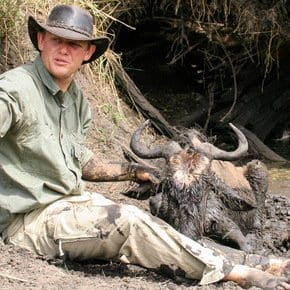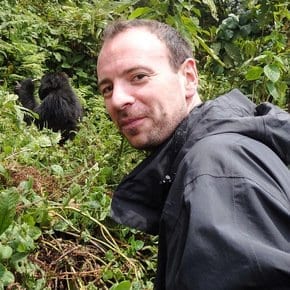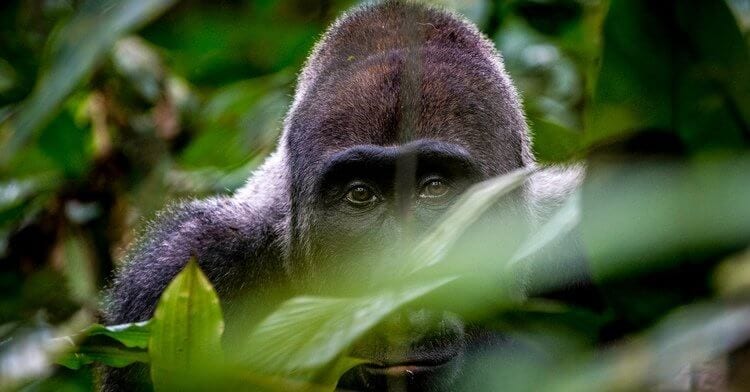
Gorilla Trekking in Rwanda Stirs Up Emotions
July 17, 2018
Magashi Lodge Rwanda – Something New & Exciting
July 31, 2018
Gorilla Trekking in Rwanda Stirs Up Emotions
July 17, 2018
Magashi Lodge Rwanda – Something New & Exciting
July 31, 2018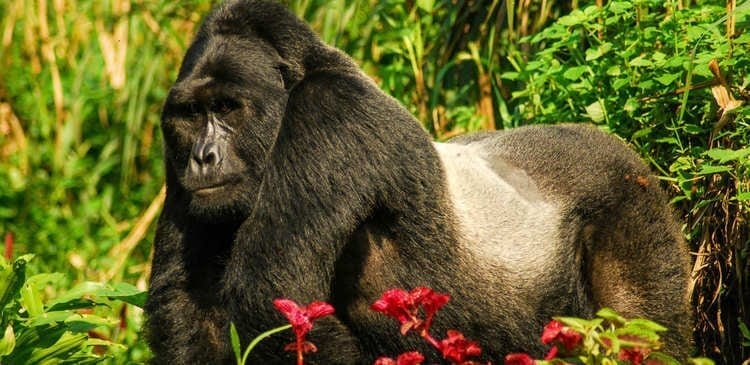

Gorillas are so human-like in their expressions and gentle demeanour, you can't help fall in love with these gentle giants from Uganda. A normal gorilla experience lasts for one hour, but now Uganda is offering a new exciting extended gorilla trekking experience.
As most know, mountain gorillas are a species under constant threat with only 800 to 900 gorillas roaming the rainforests of Bwindi Impenetrable Forest National Park in Uganda and the Virunga Mountains spanning the borders of Rwanda, Uganda and the Democratic Republic of Congo.
Found nowhere else on earth, this is one great success story of conservation gone right. Gorilla experts and conservation pioneers like George Schaller and Dian Fossey have placed much attention on the threat of poaching on this species.
Gorilla tourism and habituation in Uganda
Bwindi started its conservation efforts through the funding of gorilla tourism in 1993, when the Mubare group were the first gorilla family to become fully habituated (familiarised with humans).
Bwindi is now setting another precedent by creating an experience for visitors to track semi-habituated gorilla groups, which provides a completely different perspective and insights into these endangered animals.
Traditional encounters during gorilla trekking
Bwindi is currently home to 400 mountain gorillas of which 12 fully habituated families and available for trekking.
A typical day of gorilla trekking in Uganda starts at park headquarters in Buhoma, where guests are allocated to their groups of eight or so and given a briefing on the rules to help protect both gorillas and people.
Amazingly, gorillas share 98% human DNA, which makes them extremely susceptible to our common colds and infections, so people who are feeling ill are not allowed to trek gorillas. Basic engagement rules are that visitors may never proceed to within less than 7m of these giant apes, but gorillas will mostly cross this threshold out of sheer curiosity, coming in almost stroking distance. Visitors must always resist the temptation to touch them. Also, no flash photography, loud voices/noises or sudden movements are allowed.
Finding groups to encounter may vary from short walks to as long as five hours. Bwindi Impenetrable Forest is called this for good reason, as it is a dense jungle of 321 sq km, making hiking a challenge with vegetation spread across steep muddy slopes and tangled vines everywhere. A porter for around US$15 is worth every cent on this tough terrain (and you help create jobs).
In the end, the reward for seeing and experiencing these beautiful creatures makes up for all the effort ten-fold. The permitted hour flies by so soak up all the preening, eating and playing. Their behaviour is so similar to ours you may even think you are home with your family.
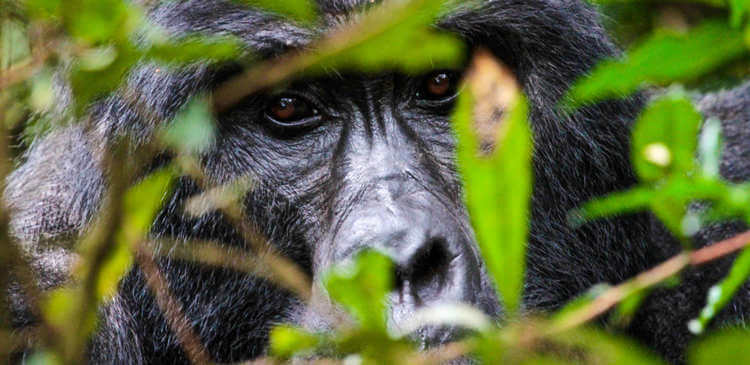
The new Gorilla Habituation Experience
Gorillas are born wild and are not placid toward humans in their presence; it takes time and a whole bunch of effort to achieve a relaxed, nearly nonchalant human-gorilla encounter which is known as habituation.
Bwindi's exciting new gorilla experience allows visitors to be a part of this process by tracking a group that is only semi-habituated. During the habituation process trackers visit wild gorilla groups daily for nearly three years, gradually getting closer while spending more time in their company.
The semi-habituated stage marks the tie when these primates are familiar with trackers but not quite with strangers. This new experience now helps them get used to seeing different people.
Traditional encounters vs habituation experiences
With traditional encounters, the trackers already know where the gorilla groups are and take you straight to them. You then get to spend the permitted hour encountering them in a special atmosphere.
Instead, the four-hour habituation experience starts from where the gorillas were nested the previous evening. Gorillas leave telltale signs of where they rested, but more importantly of where they set off to the next morning. Trackers look for knuckle prints in the mud, broken vegetation and discarded food. Trackers collect samples of hair and dung before continuing their search, as this helps to check on their health and numbers.
Once the gorillas are found the real challenge begins. The whole point of habituation is to follow the group of gorillas and stay in their vision as they move, trying to get closer to that 7m barrier. But unlike their habituated counterparts, these semi-habituated groups move fast to feed, dashing through the dense forest, racing up and down slippery slopes with the trackers and visitors in hot pursuit. It can be equated to rainforest boot camp and is not for the unfit or fainthearted.
Some gorillas tend to be wilder than others and these semi-habituated ones have a certain air of unpredictability about them. There is almost nothing more terrifying than the charge of a raging silverback male gorilla. Not to fear as these are almost always warnings rather than attacks. You will be briefed to stay calm, crouch down and lower your gaze to avoid eye contact. Easier said than done right?
Trackers will tell you to mimic their every behaviour to make them feel at ease (except for charging back of course). Crouch down when they do, pretend to pick up grass when they do and even go as far as talking gorilla language, by making a series of vocalisations which the trackers will inform you of the meanings. There is nothing more spine-tingling as when they reply which signifies contentment.
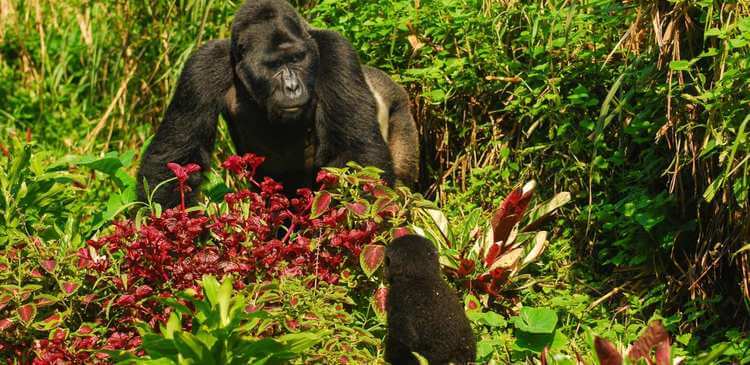
Which is experience is best?
Traditional gorilla trekking encounters presently cost US$600 per permit at Bwindi in Uganda, with Rwanda's Volcanoes National Park permits now costing US$1500 each. This traditional encounter virtually guarantees that you'll experience gorillas up close and personal in a relaxed atmosphere for one memorable hour.
The gorilla habituation experience costs US$1500 per permit in Uganda and lasts for four hours, but the length of time spent in the gorilla's presence is dependant on the time it takes to find them. You may not get that close, being in hot pursuit all the time, but then again you may watch them simply sleeping, but none-the-less you will learn so much about these fascinating giants in this edgier and more immersive experience.
Chat with us and we will give you honest advice on what will suit your needs and travel personality. Whichever option, gorilla trekking should be on everyone's bucket list as it evokes a deep connection with our closest cousins in a truly unforgettable way.
Thank you to Sue Watt our friend in travel for all the wonderful insights into her trip to Uganda.



























